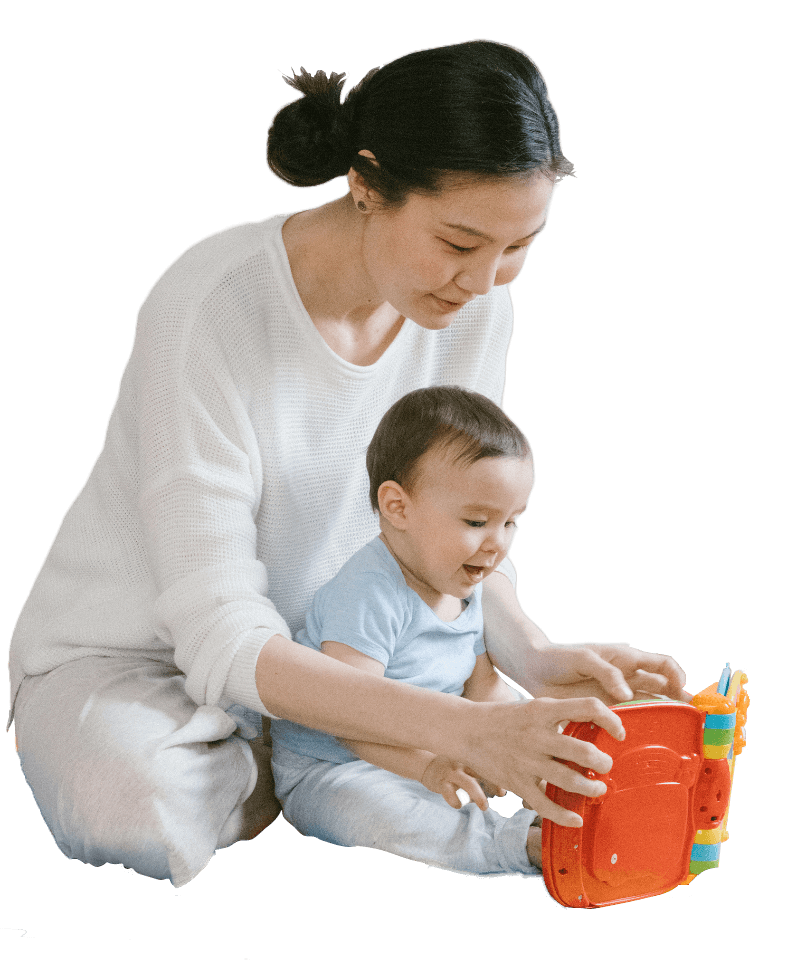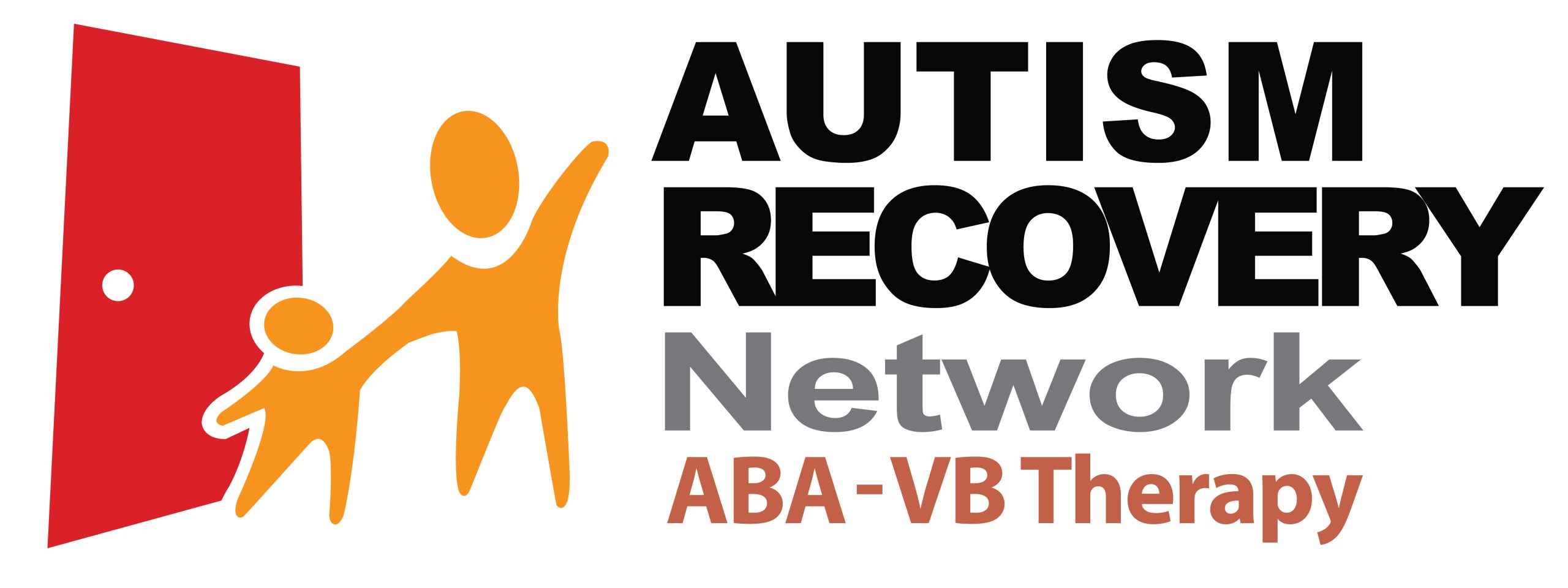🌟 Understanding Autism Spectrum Disorder (ASD)
Autism Spectrum Disorder (ASD) is a neurodevelopmental condition that affects how a person communicates, interacts, and experiences the world. Each individual with ASD is unique — with their own strengths, interests, and challenges.
🌟 Understanding Autism Spectrum Disorder (ASD)
Autism Spectrum Disorder (ASD) is a neurodevelopmental condition that affects how a person communicates, interacts, and experiences the world. Each individual with ASD is unique — with their own strengths, interests, and challenges.
🗣️ Communication & Social Understanding
Most people easily read facial expressions, tone of voice, or body language.
For individuals with ASD, these social cues can be harder to interpret, sometimes making social situations confusing or overwhelming.
📘 According to the DSM-5, ASD involves:
- Differences in social communication and interaction
- Repetitive behaviorsor strong, specific interests
💡 A Spectrum of Abilities
Some individuals, including those previously described with Asperger’s Syndrome, may have advanced language and thinking skills but still find it challenging to understand others’ perspectives or adapt to change.
🌈 With early intervention, compassion, and the right support, individuals with ASD can grow, learn, and build meaningful relationships — achieving progress in their own way and at their own pace.

The Autism Society in Maryland, USA, says that most people who are unfamiliar with AS may just think that the individual is behaving differently.
A child with autism is usually perceived as aloof and not interested in mixing in with others. Children with AS, however, generally want to interact with others. The problem is that they find it hard.
The individual with AS may find it hard to understand conventional social rules and may come over as lacking empathy. Their usage of gestures may appear either lacking or inappropriate, and eye contact may be very limited.
autism in hong kong
Learning About Autism Spectrum Disorder (ASD)
What Is Autism?
Autism Spectrum Disorder (ASD) is a developmental condition that affects how a person communicates, socializes, and understands the world.
It usually appears in early childhood and may be noticed when a child shows differences in speech, play, or social interaction.
Every child with autism is unique — some may need more support, while others are highly independent and skilled in certain areas.
================
🧠 What Are the Core Characteristics of Autism?
According to the DSM-5 (Diagnostic and Statistical Manual of Mental Disorders), autism is defined by two main features:
- Social communication and interaction differences– difficulty understanding social cues, facial expressions, tone of voice, or maintaining eye contact.
- Repetitive behaviors or limited interests– reliance on routines, repeating words or actions, or focusing intensely on specific topics.
Children may also experience:
- Sensory sensitivities (to light, sound, textures, or movement)
- Strong preferences for routines or predictability
- Uneven skill development — excelling in some areas while needing help in others
================
🌟 Understanding the Spectrum
Autism exists on a spectrum — meaning it varies in how it affects each individual.
- Some children may have advanced language or cognitive skillsyet find social rules confusing.
- Others may communicate through gestures, visuals, or assistive toolsinstead of words.
- Social challenges may include making friends, understanding emotions, or adapting to change.
Many children with autism also have co-occurring conditions such as ADHD, learning differences, or anxiety, which can affect learning and behavior.
================
💬 What Autism Is Not
Autism is not caused by poor parenting, vaccines, or emotional trauma.
It is a neurodevelopmental and genetic condition supported by decades of research.
Children with autism may seem less likely to share experiences (“Look, a butterfly!”) — not because they are shy, but because joint attention and social communication develop differently.
================
💖 Why Early Support Matters
With early intervention, consistent therapy, and family involvement, children with autism can make remarkable progress.
Evidence-based programs such as Applied Behavior Analysis (ABA) and Verbal Behavior (VB) help build language, communication, and social skills — empowering each child to reach their full potential.
misconception
💭 Common Misconceptions About Autism
Many parents believe that if a child isn’t speaking at the expected age, speech therapy alone can fix the issue. While speech therapy is valuable, speech delay can sometimes signal a deeper developmental difference, such as Autism Spectrum Disorder (ASD).
=============
🧩 When Speech Delay Means More
If a child shows limited eye contact, few social gestures, repetitive behaviors, or difficulty following directions, these may be early signs of autism.
Children with ASD often need broader support than language therapy, including help with:
- Communication and social understanding
- Play and learning skills
- Behavior and emotional regulation
🌱 Why Early Intervention Matters
=============
Early support makes a big difference.
Evidence-based programs such as Applied Behavior Analysis (ABA) and Verbal Behavior (VB) help children build communication, self-control, and social confidence.
With early and consistent therapy, many children successfully join mainstream schools and continue to grow in independence.
=============
👩🏫 How We Can Help
At Autism Recovery Network (ARN), our team of Program Supervisors, BCBAs, and therapists provides:
- Comprehensive developmental assessments
- Individualized ABA-VB programs
- Family guidance and school readiness training
We are dedicated to helping every child learn, connect, and thrive through our evidence-based and family-centered approach.
Autism is a developmental disorder
Early detection is one of the most powerful tools in helping children with Autism Spectrum Disorder (ASD) grow and thrive.
Parents can monitor their child’s developmental milestones—how they communicate, play, move, and respond—during the first year of life.
Missing several milestones may signal a developmental difference such as autism, and it’s best to seek advice from a qualified professional.
=============
👶 Typical Early Development Milestones
🕒 Age | 💡 What to Expect |
Newborn – 2 Months | 🍼 Responds to voices and familiar faces. |
3 – 4 Months | 💪 Lifts head during tummy time. |
5 – 6 Months | 👀 Recognizes caregivers. |
7 – 8 Months | 🎲 Plays peek-a-boo and interactive games. |
9 – 10 Months | 👋 Responds to name and “no.” |
11 – 12 Months | 👉 Points or reaches to share interest. |
=============
🧩 When to Seek Professional Advice
🚨 Talk with your pediatrician or developmental specialist if your child:
- Rarely makes eye contactor smiles
- Does not respondto their name
- Doesn’t point or gestureto share attention
- Shows limited interestin people or play
These may indicate developmental delays, including autism—but early identification allows timely support.
=============
🌱 Why Early Support Matters
Starting evidence-based intervention early, such as Applied Behavior Analysis (ABA) or Verbal Behavior (VB), helps children strengthen:
- Communication and language skills
- Social understanding
- Cognitive and emotional growth
With the right support and early guidance, children can build lasting foundations for learning, independence, and meaningful relationships.
infants and toddlers
🔍 May Show Limited or Delayed Skills In:
- Following objects visually(not tracking toys or faces)
- Noticing or copying gestures, such as pointing or waving
- Making eye contactor maintaining attention when called
- Responding to familiar voices or names
- Smiling backor showing interest in others’ expressions
- Sharing attention(e.g., following where someone else is pointing)
- Playing social gameslike peek-a-boo or imitating actions
- Reaching to be picked up or seeking comfort
- Making requestsor gestures to express wants (e.g., pointing to food or toys)
=============
💡 Understanding What This Means
Children with autism often find social connection and joint attention challenging.
They may not automatically notice when others are interacting with them or pointing out something interesting.
For example:
- A typically developing child might point at a butterfly and look back at their parent to share the moment.
- A child with autism may only point to requestsomething (like a toy or snack) and may not share attention or interest in the same way.
=============
🌱 Why Early Awareness Matters
Recognizing these signs early allows families to seek professional assessment and early intervention.
Programs such as Applied Behavior Analysis (ABA) and Verbal Behavior (VB) can strengthen communication, joint attention, and social engagement — helping young learners connect, communicate, and grow.
Prevalence of Autism in Hong Kong
Autism Spectrum Disorder (ASD) — a developmental condition affecting communication, social interaction, and behavior — is becoming increasingly recognized across the world, including in Hong Kong.
Recent data suggests that about 1 in 27 people in Hong Kong may be on the autism spectrum. This growing prevalence reflects not only greater awareness and better diagnosis, but also environmental and genetic factors. Factors such as prenatal stress, air quality, and changes in lifestyle have been associated with the rise of autism both in Hong Kong and Mainland China.
=============
💡 The Positive Outlook
The encouraging news is that children in Hong Kong with autism can thrive when they receive the right support early. With proper therapy, many develop strong communication, social, and learning skills that allow them to reach their fullest potential.
At Autism Recovery Network (ARN), we have created one of Hong Kong’s most trusted and holistic autism programs — combining science, compassion, and expertise. Our approach is based on Applied Behavior Analysis – Verbal Behavior (ABA-VB), a highly effective, evidence-based method for teaching children with autism.
=============
🧩 What Is ABA-VB?
Applied Behavior Analysis (ABA) focuses on teaching the functional use of language, behavior regulation, and learning through positive reinforcement.
The Verbal Behavior (VB) approach further emphasizes how children learn to communicate naturally — by understanding that words have purpose and power.
=============
🌱 How ARN Helps
Our ABA-VB therapy programs motivate children to learn through play, build language and social skills, and adapt to everyday routines.
By using proven ABA strategies, our therapists help children:
- Improve communication and comprehension
- Strengthen social connections and emotional awareness
- Learn flexibility and independencethrough structured play
At ARN, every child is supported with individualized care, compassionate teaching, and a belief that with the right tools and teamwork, progress is always possible.


